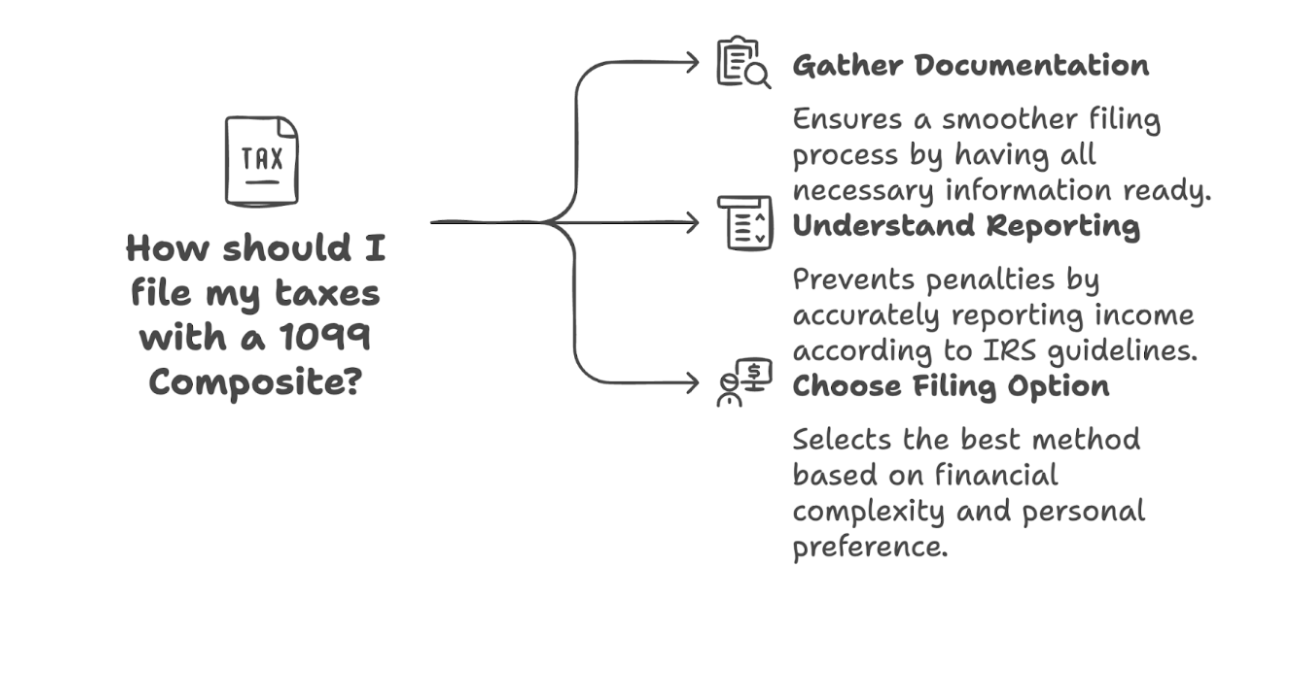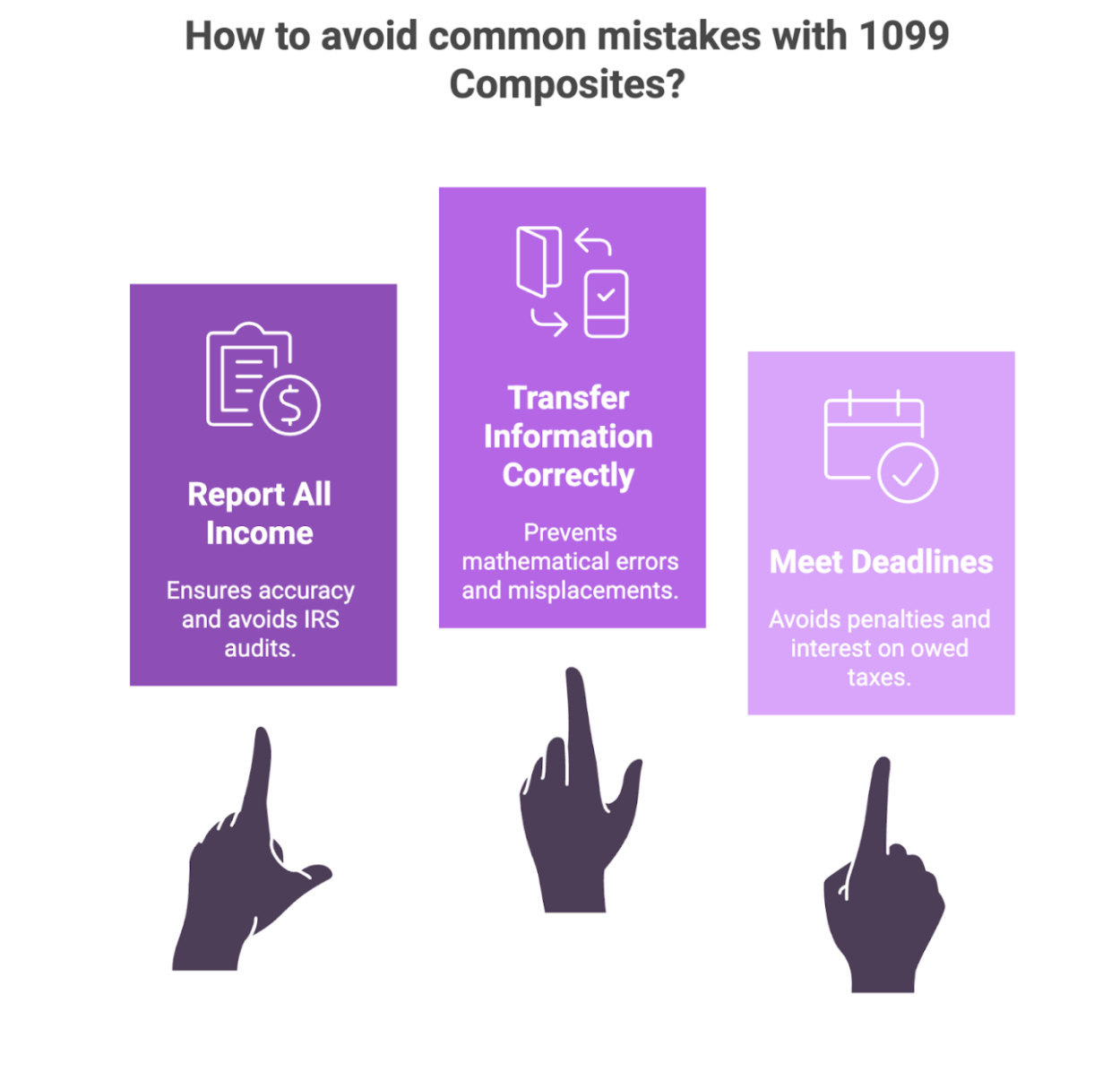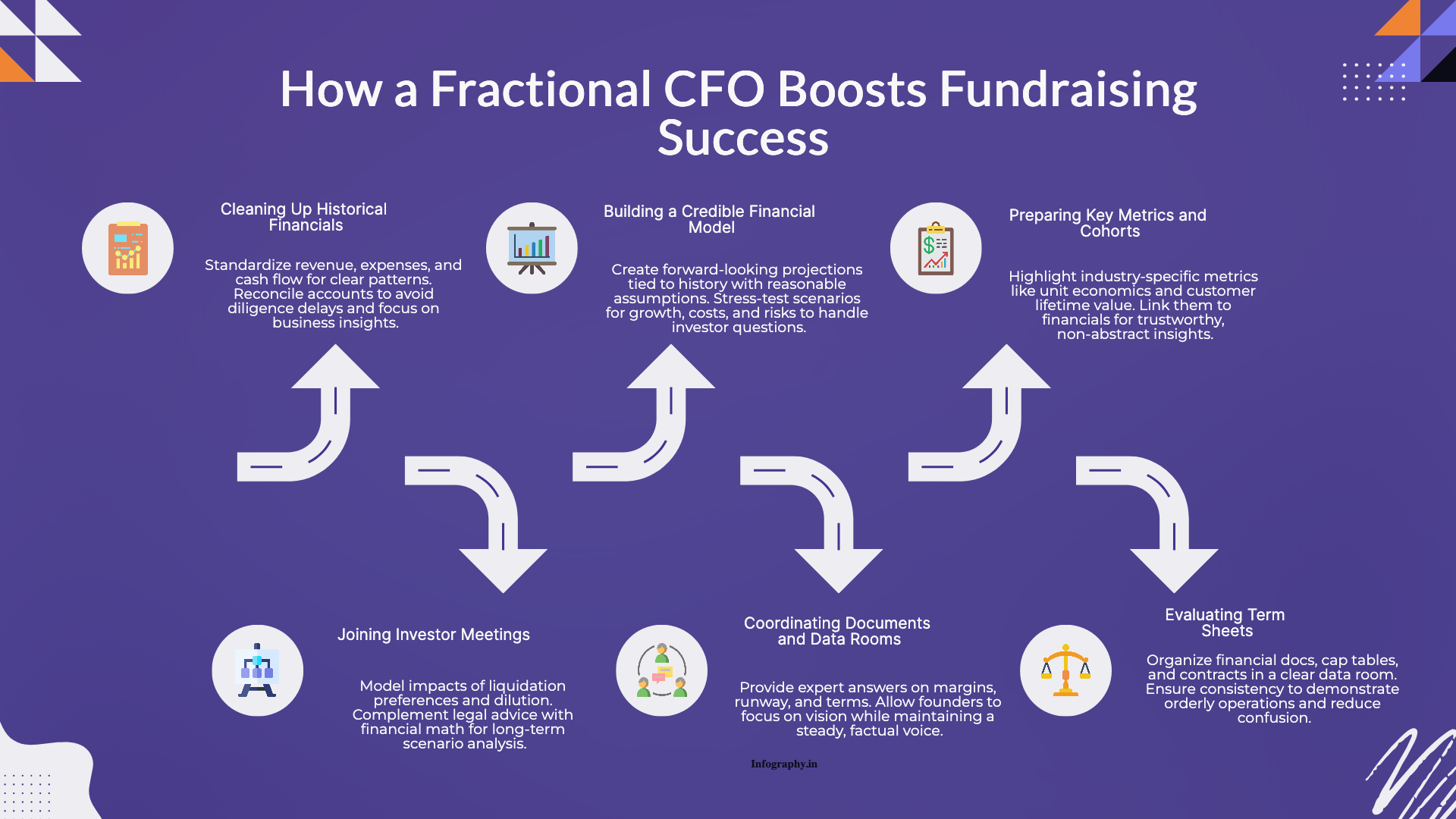The form 1099 composite is a term that may not be familiar to everyone, yet it plays a crucial role in the financial landscape for many individuals and businesses. Understanding what a 1099 composite form is, how it differs from other tax forms, and its implications can help taxpayers navigate their financial responsibilities more effectively.
This comprehensive guide aims to demystify the 1099 composite form, providing insights into its purpose, uses, and the nuances that come with it.
The 1099 form series is a collection of tax forms used in the United States to report various types of income other than wages, salaries, and tips. These forms are crucial for the IRS to track income that may not be subject to tax reporting through traditional withholding taxes.
The most common forms in this series include the 1099-MISC for miscellaneous income and the 1099-NEC for non-employee compensation.
Each type of 1099 form serves a specific purpose, and understanding these distinctions is essential for accurate tax reporting. The 1099 composite tax form, however, is somewhat unique as it aggregates information from multiple 1099s into a single tax document, which simplifies the tax reporting process for taxpayers.
The 1099 composite form stands out from other forms in the 1099 series primarily due to its comprehensive nature. Instead of issuing separate 1099 forms for various types of income, a 1099 composite is a consolidated statement that brings this information together into one form. This can be particularly beneficial for individuals or businesses that receive income from various sources, making tax reporting more straightforward.
Moreover, the form 1099 composite can include details from different 1099 forms, such as:
This aggregation helps taxpayers avoid the hassle of managing multiple forms, streamlining the process of filing your tax return.
With the form 1099 composite, taxpayers can easily track their earnings throughout any tax year that generates income, ensuring that they report your taxable investment income accurately while minimizing the risk of errors that could lead to audits or penalties.
One of the most important components often found within a 1099 composite form is the 1099-B information. This section reports brokerage transactions and is crucial for anyone with a brokerage account.
A 1099-B is a tax form issued by your brokerage firm to report the proceeds from broker and barter exchange transactions. This includes:
Your brokerage will typically generate a 1099 if your brokerage account has activity within a tax year that meets certain thresholds. The form issued by your brokerage is usually sent by the end of January following the tax year in question.
Major brokerages like Charles Schwab and other financial institutions are required to provide these forms when you have taxable investment activity during the year.
The brokerage 1099 section of your composite form will show:
Typically, financial institutions or investment firms issue the form 1099 composite. These entities are responsible for reporting investment income generated from investments, interest, and dividends. By providing a composite form, they make it easier for their clients to understand their total income reported from various sources in one place.
For example, if an individual has investments in stocks, bonds, and like mutual funds, the financial institution may compile all the relevant income data into a single 1099 composite form, enhancing clarity and reducing the administrative burden on the taxpayer. This not only simplifies the tax preparation process but also allows taxpayers to have a clearer view of their financial health, enabling better investment planning advice and future investment strategies.
Additionally, the composite is a consolidated statement that can serve as a valuable tool for tax professionals and any qualified tax advisor, who can quickly assess a client's income sources and ensure compliance with tax regulations without sifting through multiple forms.
Furthermore, the 1099 composite form can also include information on foreign investments, which may be subject to different tax rules and foreign tax credits. This is particularly important for expatriates or individuals with international portfolios, as it helps them navigate the complexities of reporting income from abroad.
By consolidating this information, the form 1099 composite not only aids in compliance but also provides a comprehensive snapshot of a taxpayer's financial activities, making it a vital document for both individual and business tax filings.
Understanding the significance of the 1099 composite form is essential for anyone who receives income from multiple sources.
This form not only simplifies the tax filing process but also ensures that taxpayers remain compliant with IRS regulations. Here are some key reasons why the form 1099 composite is important:
One of the most significant advantages of the 1099 composite form is its ability to streamline tax reporting. The composite is a consolidated document that simplifies the tax reporting process by combining information that would otherwise be spread across separate 1099 forms.
Instead of managing several forms, taxpayers can focus on a single document that summarizes their investment income. This can save time and reduce the likelihood of errors during the filing process.
Additionally, having all income information consolidated allows for easier cross-referencing with bank statements and other financial documents, ensuring accuracy in reporting. This streamlined approach not only alleviates some of the stress associated with tax season but also empowers taxpayers to take control of their financial records more effectively.
By having a single point of reference, individuals can better track their earnings throughout the year, making it easier to budget and plan for future expenses.
When individuals or businesses receive multiple 1099s, the potential for mistakes increases. A form 1099 composite minimizes this risk by providing a comprehensive overview of income sources, making it easier to verify that all reported income aligns with actual earnings.
Moreover, financial institutions typically have robust systems in place to ensure the accuracy of the data they report, which can further enhance the reliability of the information contained within a 1099 composite form.
This accuracy is crucial not only for compliance with tax laws but also for maintaining good financial records. Accurate reporting can help individuals avoid potential audits or penalties, as discrepancies between reported income and actual earnings can trigger scrutiny from the IRS.
Furthermore, having a clear and accurate financial picture can assist taxpayers in making informed decisions about investments, savings, and other financial planning strategies, ultimately contributing to their long-term financial health.
Filing taxes with a 1099 composite form is generally straightforward, but there are specific steps taxpayers should follow to ensure compliance with IRS regulations. Here's a breakdown of the process:
Before filing taxes, it's crucial to gather all relevant documentation, including the form 1099 composite itself, any other 1099s received, and supporting documents such as W-2s or bank statements. Having all this information on hand will facilitate a smoother filing process.
Additionally, taxpayers should ensure they have their Social Security number or Employer Identification Number (EIN) ready, as this information will be necessary when completing tax forms. It's also wise to keep a record of any deductions or credits you plan to claim, as this can significantly impact your tax liability.
For instance, if you've incurred business expenses related to freelance work reported on your 1099 composite form, having receipts and documentation readily available will help substantiate your claims and maximize your potential refund.
When you enter form 1099 composite information on your tax return, taxpayers must understand how to report the income listed on the composite statement. This typically involves transferring the income amounts to the appropriate sections of the document on your tax return.
For instance:
It's essential to follow the IRS guidelines for reporting investment income accurately. Each section of the 1099 composite serves a specific purpose for informational purposes and proper tax calculation. Misreporting can lead to penalties or audits, so taking the time to understand the requirements is vital.
Furthermore, taxpayers should be aware of the distinctions between different types of taxable income reported on the sections of your 1099 composite, as each may be subject to different tax treatments.
For example, capital gains from investments may have different implications compared to ordinary income, and understanding these nuances can help taxpayers plan their finances more effectively.
Taxpayers have several options when it comes to filing their taxes. They can choose to file manually using paper forms, utilize tax preparation software, or hire a qualified tax advisor. Each option has its advantages and disadvantages, and the choice often depends on the complexity of the taxpayer's financial situation.
For those with straightforward finances, tax preparation software may provide a user-friendly interface to guide them through the filing process. Many software programs also offer features that help identify potential deductions and credits, which can be particularly beneficial for maximizing refunds.
Conversely, individuals with more complex tax situations involving multiple investment income sources may benefit from the expertise of a qualified tax advisor, especially when dealing with multiple income sources from different brokerage accounts.
A tax professional can provide personalized investment advice and ensure that all aspects of your financial situation are considered, potentially uncovering tax-saving opportunities that might be overlooked when filing independently.
The sections of your 1099 composite will typically include various types of investment income that are taxable and subject to different reporting requirements:
This section reports interest income from various sources including:
Dividend sections typically show:
The brokerage section of your 1099 composite (often incorporating 1099-B information) will detail:
Depending on your investment portfolio, the sections of the 1099 composite might also include:

While the 1099 composite form simplifies tax reporting, there are still common pitfalls that taxpayers should be aware of. Avoiding these mistakes can lead to a smoother filing experience and reduce the risk of complications with the IRS.
One of the most significant mistakes taxpayers can make is failing to report all income listed on the form 1099 composite. The IRS receives a copy of this tax document, and discrepancies can trigger audits or penalties. It's crucial to ensure that all income is accurately reported on the tax return.
Taxpayers should carefully review the sections of your 1099 composite and cross-reference it with their financial records to ensure nothing is overlooked. This includes not only wages or payments received but also any interest, dividends, or other forms of investment income that may be included.
Keeping detailed records throughout the year can make this process easier and help ensure that all income is accounted for, reducing the likelihood of errors during tax season.
When transferring information from the 1099 composite form to the tax return, accuracy is paramount. Simple mathematical errors or misplacing decimal points can lead to significant issues. It's advisable to double-check all entries and calculations to ensure precision.
Using tax preparation software can help minimize these errors, as many programs have built-in checks to catch common mistakes. Additionally, taxpayers should consider having a qualified tax advisor review their tax return before submission.
A fresh perspective can often catch errors that the original preparer might miss, ensuring that the information is correctly represented and reducing the risk of future complications.
Tax deadlines can be a source of stress for many individuals. Missing the deadline for filing your tax return can result in penalties and interest on any owed taxes. Taxpayers should be aware of the filing dates and plan accordingly to avoid last-minute rushes.
Setting reminders or using calendar alerts can help ensure that all necessary forms, including the form 1099 composite, are filed on time. Furthermore, understanding the difference between various deadlines, such as those for filing extensions or estimated tax payments, is essential.
This knowledge allows taxpayers to navigate their obligations more effectively and avoid unnecessary penalties. Engaging with a qualified tax advisor can also provide valuable insights into managing deadlines and ensuring compliance with tax regulations.
If you work with an investment manager or maintain multiple brokerage accounts, you may receive multiple forms throughout the tax year. Some major firms like Charles Schwab and other large brokerages have sophisticated systems for consolidated reporting.
Many major brokerages, including firms where Schwab recommends certain approaches, suggest that investors:
When receiving investment advice from professionals, it's important to understand how different investment strategies may impact your tax situation. The total income reported on your 1099 composite form can vary significantly based on:
While the 1099 composite form is primarily designed for federal tax reporting, many states also require reporting of investment income. The sections of the 1099 composite may include information about state tax withholding or provide details needed for state tax returns.
Some states have different rules for:
It's important to understand your state's specific requirements when reporting your investment income on state tax returns.
Modern tax preparation software has made it easier to handle complex tax documents like the 1099 composite form. Many programs can:
However, it's still important to review all imported information for accuracy and completeness.

The form 1099 composite is an essential tool for simplifying tax reporting for individuals and businesses that receive investment income from various sources. By consolidating multiple income reports into a single tax document, it enhances clarity and accuracy, making the tax filing process more manageable.
Understanding how to use the 1099 composite form effectively can lead to a smoother tax experience, allowing taxpayers to focus on their financial goals rather than the complexities of multiple forms. The composite is a consolidated statement that serves as a comprehensive resource for tracking all your taxable investment income in one place.
By following best practices and being aware of common pitfalls, individuals can navigate their tax responsibilities with confidence. Whether you're dealing with a simple brokerage account or complex investment strategies involving like mutual funds, understanding the sections of the 1099 composite will help ensure accurate reporting.
The form issued by a financial institution not only simplifies compliance but also provides valuable information for investment planning advice and future investment strategies. As financial markets continue to evolve and new types of investment income emerge, staying informed about tools like the 1099 composite form will empower taxpayers to manage their finances effectively.
In summary, the 1099 composite tax form serves as a valuable resource in the realm of tax reporting, ensuring that income is accurately reported and compliance with IRS regulations is maintained. As financial landscapes continue to evolve, staying informed about tools like the form 1099 composite will empower taxpayers to manage their investment income on your taxes effectively.
As you navigate the complexities of tax forms like the 1099 composite form, Madras Accountancy is here to support your CPA firm's needs.
Our specialized offshore teams in India offer comprehensive tax, audit, accounting, and CAAS services tailored for small to mid-sized firms in the United States.
By choosing Madras Accountancy, you can reduce overhead costs, streamline your operations, and enhance client satisfaction. We understand the intricacies of various tax documents, including the complex sections of the 1099 composite and how they impact both federal tax and state tax obligations.
Our expertise extends to helping firms handle:
Learn More about how our expertise can elevate your firm's efficiency and help you focus on growth while we handle the detailed work of tax document analysis and preparation.

November 30, 2025
The image of a CFO sitting down the hall in a corner office does not match how many growing companies work today. Fractional CFOs are part of that shift.

November 30, 2025
When you start talking to investors or lenders, the quality of your numbers suddenly matters a lot. A fractional CFO can be the difference between a rough pitch and a calm one.